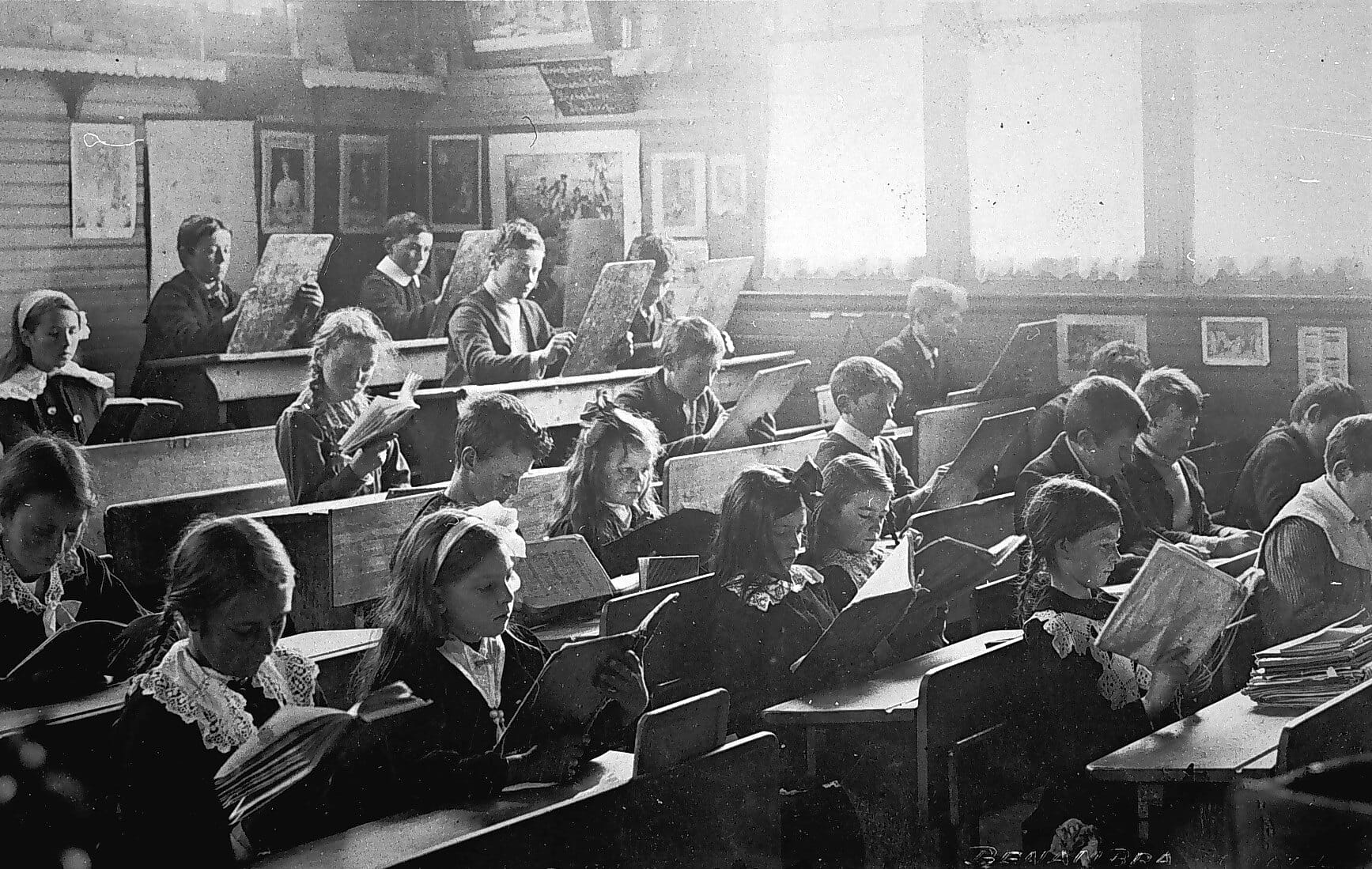
The class divide in Australian education is clear. Galah columnist Gabrielle Chan asks "is it okay?"
My kids went to a private boarding school.
There, I’ve said it.
I wrestled over the decision that was easier for my husband because he had also gone away to school. I had separation anxiety, combined with a queasy feeling that I was contributing to the great divide in my little country town.
I went to a public high school until Year 11. Then I went to a Catholic school where my mum was teaching because I wasn’t an easy student. As a parent, I wanted to support the public system, but after moving to a small town I quickly learned that the choices for parents and children are not even remotely similar to those in a big city.
The reality is that a tiny high school, a limited subject range and the separating out of a portion of aspirational families means the road to opportunity is longer. Education is crimped and the evidence is plain.
Rural students are up to 18 months behind their metropolitan peers in the National Assessment Program —Literacy and Numeracy (NAPLAN) tests and the Programme for International Student Assessment (PISA) test results.
Rural communities deal with ‘high teacher turnover, low retention rates, less confidence in the benefits of education, limited cultural facilities in the community, lack of employment opportunities for school completers, and a less relevant curriculum’, according to research by the Mitchell Institute at Victoria University.
In the city, hierarchies have postcodes. In country towns, from childcare and preschool to primary school, all children are mixed in together. Those with the time and/or the means help in the classroom, with cake stalls, the council and tuckshop. It improves contact between all parts of the town dynamic: the rich, the poor, the aspirational and the comfortable, the strugglers and the battlers.
But once 12-year-old children divide into public high schools, private boarding schools and local Catholic schools, the cleavages become clear. And those divides can open like cracking soils in a drought.
So sending children away for an education ensures they do not suffer from the obvious disadvantages baked into the school system. We are buying our children a glass floor so our kids cannot fall below the opportunities they were born to.
The other thing we are buying is a network of possibilities and influence. Social networks matter globally. If you don’t believe me, consider why wealthy parents in the United States conspired to get their children into elite colleges through bribery and cheating. Elite colleges bring networks and networks bring power and influence.
You can see the power of the network in Australia. The children of politicians, media personalities, big landowners, corporate titans, lawyers and elite sportspeople mingle in the same schools.
And you can follow it right down our little main street. As our children grow and divide, people who have played happily together in the sandpit at preschool cross the street to avoid each other. Some do it out of snobbery. Some do it just because they don’t have anything in common anymore.
Education is just one element of rural stratification. If we want to talk about hierarchy in country towns, we have to talk about the C-word: class. In this era of identity politics, the concept of class has fallen out of favour, but I think it still accounts for a lot.
When I wrote Rusted Off, everyone in my many hundreds of conversations agreed that class exists in Australia. I began that book looking at the divide between the city and the country but I also wanted to talk about the obvious divides within country towns.
Australian comedian Chris Lilley’s mockumentary Ja’mie: Private School Girl calls out the city–country divide. He underlined the silent markers of a country upbringing—that certain je ne sais quoi. For that reason, Ja’mie likes pretty much everyone in her school except the boarders. ‘I don’t even know why I don’t like them,’ she says. ‘They are just really annoying. You know what I mean? They are sort of fat and weird and they have stupid haircuts.’
But Ja’mie also knows they have a certain cachet within their own communities.
‘They are rich but they are really kind of rural.’
While education counts for some of it, a class-based analysis depends a lot more on financial means. The Stanford Center on Poverty and Inequality found in 2017 that for Australians the income of our parents mattered less than in most countries.
Still, I would argue that the weight of parents’ income is on full display in a country town. Your house, your car, your networks; none of these things can be hidden and your material and social status is quietly clocked. They bump young people up the social ladder well before they know there is one.
So while Australians have at times trumpeted ourselves as a classless society, that notion is clearly bollocks. Some people will say it has been ever thus. But the divide is increasing.
Consider this. ‘If you were a disadvantaged child today in an Australian school, chances are high that a majority of the other children in your school would also be disadvantaged.’ So wrote Gonski Institute of Education professor Pasi Sahlberg and former New South Wales Minister of Education Adrian Piccoli in an article for The Guardian in February 2022. ‘No other wealthy nation concentrates disadvantaged children into disadvantaged schools like we do.’
That is what we see in our rural schools. Are we happy to accept this?
Gabrielle Chan is a journalist and author. Her latest book is Why You Should Give a F*ck about Farming.